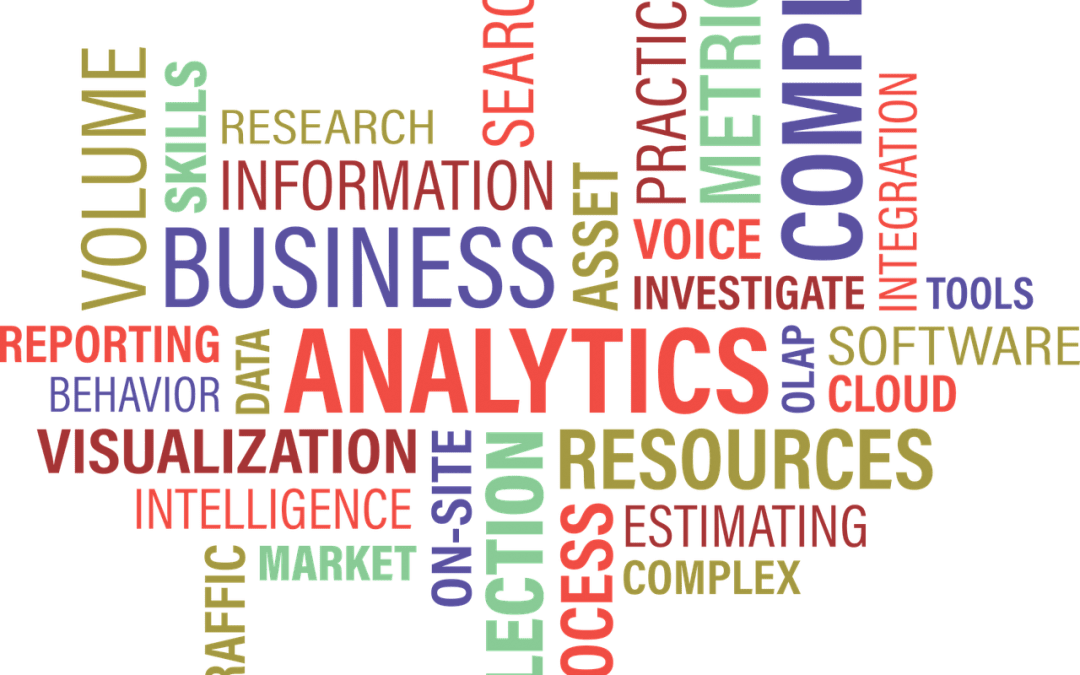It’s the first day of the month, the finance and accounting teams are reconciling balance sheet accounts, recognizing revenue, accruing expenses, and recording financial transactions. Everybody is busy working against the clock to have the financial statements ready on time. Then, a request from the senior management team arrives. They want a series of sales reports so they can decide when to launch the new product line. This is a situation where a Business Intelligence (BI) solution would’ve been very handy. But let’s start with the basics.
What is Business Intelligence?
Business intelligence is the set of strategies, processes, applications, data, products, technologies and technical architectures which are used to support the collection, analysis, presentation and dissemination of business information.
Business Intelligence Systems
To implement BI, you need BI systems. These are solutions created to collect, store and analyze data for informed decision-making. These systems are particularly useful for evaluating customer or brand profitability, carrying out statistical analysis, undertaking inventory evaluation, and being part of a market research project.
Good BI solutions, at a minimum, include reporting with multidimensional aggregation and allocation, real-time information, reliable integration with the data sources and key performance indicators.
Challenges of BI Systems
Quite often, data is scattered in disparate systems such as accounting, forecasting, sales, customer relationship management (CRM), project management, inventory, etc. So, when a company decides it’s time to implement a BI tool, a big project must be launched. Not only because the new system needs to be implemented, but also because the IT department needs to create programs and processes to feed the BI tool with data extracted from all these systems.
Writing interface programs with instructions to extract data from a system requires extensive knowledge of the database. This means you need an experienced IT programmer in staff—or hire an expensive consultant—for each system that has data needed by the BI solution.
Then comes the problem of deciding how often to refresh the data in the BI system. Should it be weekly? Nightly? More than once per day? Unless you refresh the data in the BI database as soon as a transaction occurs in the originating systems, the BI information will never be real-time.
Related: A Beginner’s Guide to Cloud Computing
ERP Solution with Integrated BI functionality
These issues don’t exist in an integrated solution with business intelligence capabilities. Accounting Software like this acts as the trusted system of record and depository of most of the financial and operational data. It offers the whole spectrum of core financial modules and it can be extended with fully integrated Intacct modules such as project accounting, time and expense management, contract revenue management, contract and subscription billing, inventory management, and more.
And built in the solution, multiple software companies offers the business intelligence components required to make smart and informed decisions:
- Multidimensional aggregation and allocation. Thus, you can tag transactions to as many dimensions as needed. These dimensions can then be used on reports as criteria to sort, filter and aggregate.
- Real-time reporting. Being an integrated system, all modules update a single database. Once a transaction is entered in any module, it is available for viewing and reporting. No IT interface programs and no IT experts are required.
- Reliable integration with the data sources. Most systems offers pieces of software (APIs) that allow easy integration of third party systems with the database and functions.
- Key performance indicators optimization. Most software solutions integrates dashboards that provide real-time access to key information and indicators that can be customized to meet the needs of the business.

